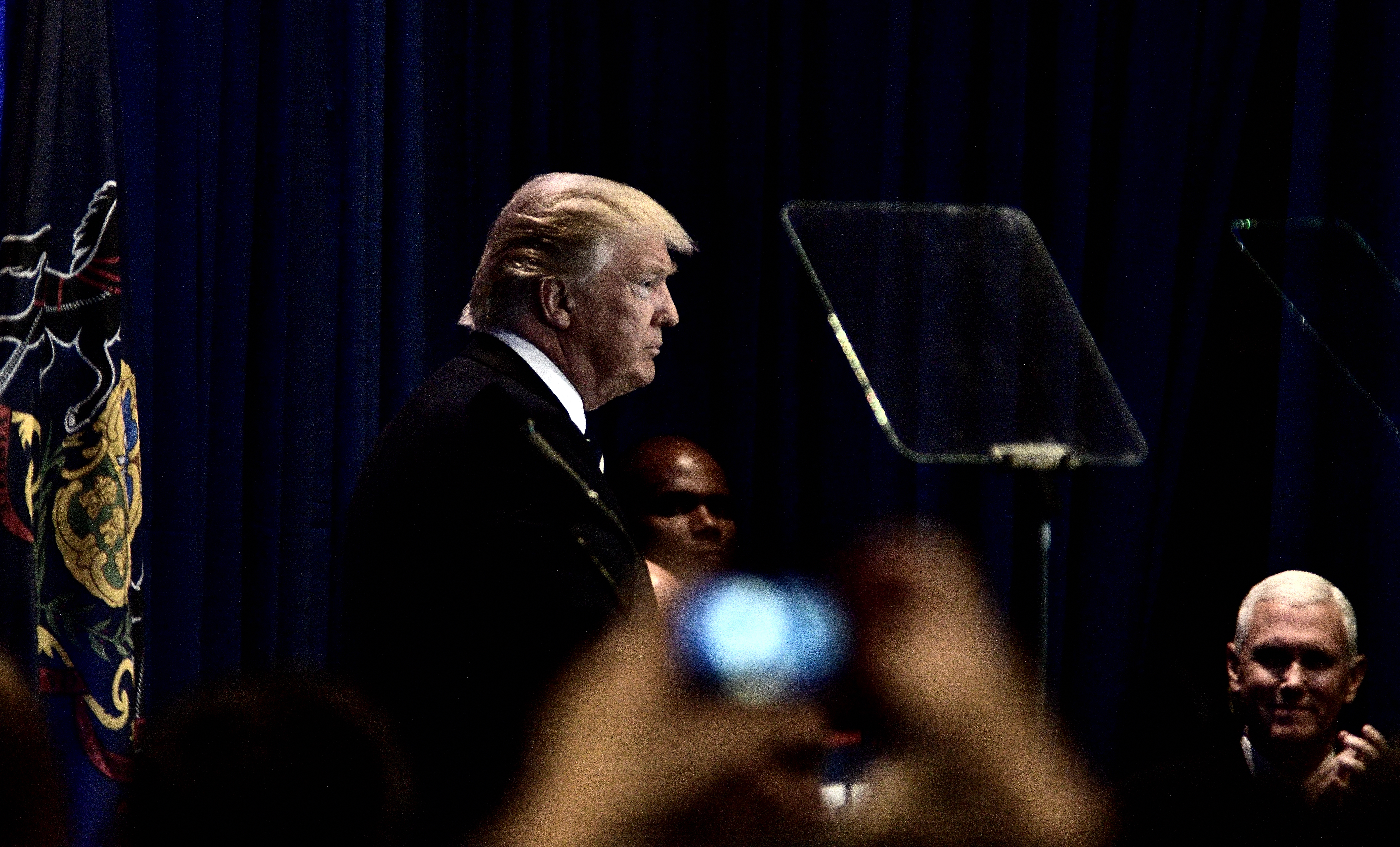February 9, 2017
Why You Probably Shouldn’t Try Trump’s Approach to Authenticity

Has Donald Trump ushered in an era of hyper-authenticity in public communications? And if so, should business communicators emulate his off-the-cuff style?
We think the answer to both questions is no.
There’s no question that Trump’s perceived authenticity and penchant for spontaneity – which have trickled down to the rest of his administration – are huge parts of what got him to the White House. During the presidential campaign, millions of Americans were drawn to his seat-of-the-pants bombast, fed up with what they saw as an insincere, overly scripted political class.
But will that shoot-first-explain-later-if-ever style be as effective for President Trump? Two recent events make us wonder whether his approach is already interfering with his efforts to govern effectively.
We expect that, if Trump doesn’t change his insult-and-evade tactics soon, his troubles will only multiply. That’s because in a campaign, you’re only selling yourself – for better or worse, we elect presidents on their personalities more than the policies they’re stumping for. Governing is more complicated. Presidents must contend with other branches of government, an opposition party, entrenched bureaucrats, foreign leaders, and on and on. Force of personality doesn’t get them nearly as far.
Put more simply, campaigning is about who you are. Governing is much more about what you do.
Business communicators need to remember that. Because selling a service or product, through thought leadership or otherwise, is a lot more like governing than campaigning. If customers find you charming or authentic, you might get a meeting because of who you are. But they won’t spend their money unless you convince them that what you do has value.
Trump’s Busy First Few Weeks
The trouble with Trump’s off-the-cufflink style was on full display when he made comments that made it sound as if Frederick Douglass were still alive (Douglass died more than a century ago). The next day, Kellyanne Conway, one of Trump’s closest advisors – in a sign that his off-the-cuff style goes beyond the president – made reference to a terrorist attack that never happened (only to later correct herself).
There are also examples of the Trump administration allegedly spreading falsehoods intentionally, including Trump’s repeated claims that the murder rate in the United States in 2016 was the highest it’s been in nearly 50 years. But for the sake of this blog post, we’re more interested in the mistakes the administration has apparently made unintentionally.
So far, they’ve arguably been more damaging; opponents pummeled Trump over the Douglass flub and Conway has been excoriated in the media nationally and locally and on social media. It’s worth noting that some of Trump’s controversial but subjective comments have also created waves, with his own Supreme Court nominee Neil Gorsuch calling the president’s remarks about the judiciary regarding the controversial travel ban “demoralizing.”
It’s an open question as to whether we’re seeing early cracks in the Trump administration stemming from its communication strategy. But there are reports already that Trump is frustrated and considering a shakeup in the White House communications apparatus. Meanwhile, Trump’s own comments are being used as legal attacks on his immigration ban, leaving government lawyers to argue, as the Washington Post reported, that the president’s rhetoric should be treated “as inadmissible and irrelevant.”
Trump’s Tactics – and Everyone Else’s
Time will tell whether these are merely bumps in the road or the first signs that Trump’s gun-and-run approach is fundamentally inadequate for governing. Maybe he will win the day, again. Trump has, quite frankly, an unparalleled ability to garner attention. And he now possesses the world’s largest megaphone – so his opportunities to retract and recover are quite different from anyone else’s.
But regardless of Trump’s success or failure, we’re not going to start telling our clients to emulate him in business communications. Instead, we’ll keep telling them what we strongly believe is the best way for business leaders to build their reputations through interactions with media and key audiences:
Be Prepared: Go into conversations with reporters or in public knowing exactly what you want to say. Gather your facts, stay positive and enthusiastic.
Develop Messages that Matter: Effective, distinctive, strong messaging that keeps you on point is critical. The best messages balance delivery of the information reporters are seeking and what you want to convey.
Flip the Pyramid: Instead of ending with conclusions, start the conversation that way – the first thing said is most often what we remember – and then make your supporting points.
Flag Your Most Important Points: Use language like, “Here’s what I want you to remember about this,” and “This is a very important point to remember.” Any person – especially a reporter on deadline who is likely dealing with multiple stories in a day – will perk up and pay special attention when you use that kind of language.
Of course, authenticity is a part of what we advise our clients, too. It’s vital to developing a rapport with a reporter or any audience you’re addressing. Coming across as overly rehearsed or formal never helped anyone get their message across. But while saying whatever pops into your head, or whatever you think your listeners want to hear, may help endear you to them personally, if you want them to buy from you, you have to impress them with your ideas, experience and expertise.
Trump’s candor and demeanor have been significant factors in how he’s gotten this far. But less than three weeks into his administration, there’s already talk of the president and his staff rethinking their tactics. Other administrations have recovered from rough starts. But even if that happens here, we wouldn’t recommend Trump’s particular brand of messaging.
February 13, 2017 Update: The New York Times over the weekend reported another example of Trump’s off-the-cufflink style. The newspaper said that National Security Council staff members “get up in the morning, read President Trump’s Twitter posts and struggle to make policy to fit them.”









